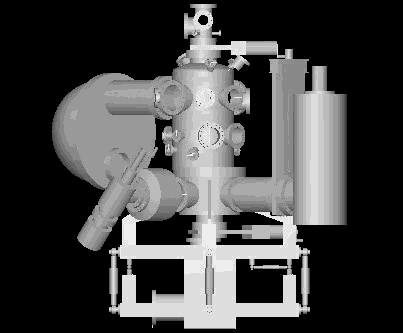

Latest News


Buffer
Layer Assisted Laser Patterning of metals on surfaces
Gabriel Kerner and
Micha Asscher*
The Hebrew



Physisorbed buffer layer as a template for pulsed laser patterning of metallic thin films: An alternative approach for photo-lithography
Gabriel Kerner, Ori Stein and Micha Asscher*
Department of Physical Chemistry and The Farkas Center for Light induced processes, The Hebrew University of Jerusalem, Israel
Buffer Layer Assisted Laser Patterning (BLALP) method is presented, for patterning metallic layers on surfaces, using laser desorption of a physisorbed buffer layer, e.g. Xe, CO2 or H2O. This technique is based on the utilization of a low power laser pulse used as the photolithographic printer of a metallic thin film. Using a weakly bound buffer material as the template for laser patterning, led to the development of two complementary procedures, ‘positive’ and ‘negative’ BLALP. It is discussed as a potential alternative for standard photo-lithography, promising a cleaner, more cost effective, better resolution and more environmentally friendly procedure.





![]()